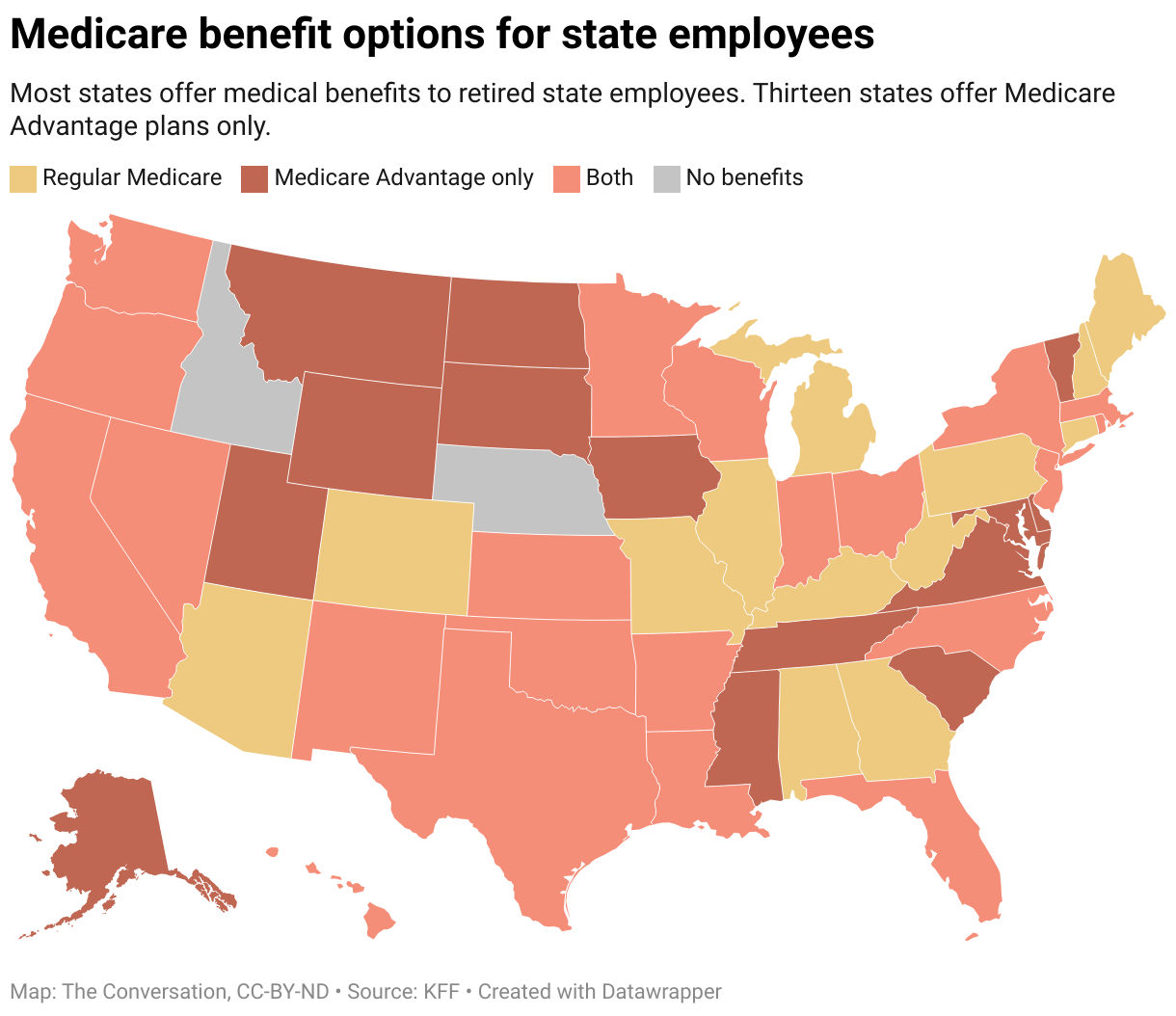When it comes to choosing a health insurance plan, the acronyms for various types of plans can be very confusing. You need to understand what they mean. Let’s start with HMOs.
Health maintenance organization (HMO) plans are one of several types of policies that health insurance companies offer to consumers. HMO’s offer low costs. However, they have limited networks of providers who agree to offer discounts for their services. Those negotiated prices drive down costs and allow the HMO to pass on savings to consumers through lower monthly premiums, copayments, deductibles before the insurer starts contributing, and overall out-of-pocket maximums.
Plan options and costs can vary significantly by county, according to the Kaiser Family Foundation, Affordable Care Act Premiums Are Falling in Many Areas of the U.S. in 2020, But Changes Vary Widely By County and Type of Plan, County-Level Analysis Shows. Still, in most cases, you will have a choice of the major types of health plans. Here is a brief description of the big three:
- HMO: A health maintenance organization limits access to care providers in its network — doctors, clinics, and hospitals that work for or are contracted with the insurer. To keep your costs down, you will need to see these in-network providers. Typically, you aren’t covered at all if you see a provider outside the network except in a medical emergency, as defined by the HMO. For non-emergency care, you will also first need to coordinate with a primary care clinic or provider to get a formal referral for most of your services, including seeing a specialist.
- HMO-POS: A health maintenance organization with point-of-service allows you to seek care from more doctors and clinics. However, you pay for that benefit with higher monthly premiums.
- PPO/EPO: Preferred Provider Organization and Exclusive Provider Organization plans give even broader access to doctors, clinics, and hospitals, although an EPO plan is somewhat more limited. Many PPO plans have extensive networks that can cross state lines, and you normally do not need a referral from your primary doctor to see a specialist. Again, you will pay higher premiums for either a PPO or EPO.
How Does an HMO Work?
HMOs are very restrictive. With most HMOs, you need to choose a primary care physician (PCP) who then controls the majority of your care. If you need to see a specialist, your PCP will refer you to an appropriate provider, most often in the network. If you see a specialist without a referral from your PCP, you will most likely have to pay for that specialist visit out of pocket.
Many HMOs restrict their provider networks to a county or even a single zip code where you live or work. So your care must come from within the HMO “service area”. If you venture outside of the service area, you should expect to pay for those services, unless the HMO deems that the care is a true emergency. These plans can be cost-effective, typically offering the lowest monthly premiums and cost-sharing for services. However, if you foresee needing care beyond the HMO’s network or service area, these plans are not your best option.
HMOs reduce costs by having you go through your network PCP for all medical services, outside of an emergency. In most cases, you will pay a copay for PCP visits, plus additional costs for lab services and tests. In a great majority of cases, however, HMOs offer lower copays and deductibles than other plans.
In theory, you and your regular PCP should be able to agree on a “care plan” that both greatly reduces your costs and keeps you healthy.
Seeing a Specialist
Let’s say you develop psoriasis and need to see a dermatologist. Your PCP remains your key to further treatment. He or she must agree that you need a specialist and then refer you to an appropriate provider. Under those circumstances, your HMO should cover you. However, most HMOs will not cover visits with a specialist if you have not coordinated through your PCP. Keep that in mind when seeking additional services in an HMO that you should always contact your PCP first.
How Do You Choose?
Here are the five factors to weigh before you pick a plan:
1. How much premium can you afford each month?
Pick a plan with an affordable monthly premium. If you can’t manage your premium each month, you won’t have continuous coverage and will be at risk for potentially high medical bills.
2. How much can you afford to pay out of pocket, if you or your family needs a lot of medical services?
Ask yourself if you have enough savings to pay the plan’s entire out-of-pocket maximum if the worst happens. Otherwise, you will again face potentially unaffordable bills.
3. Do you travel outside of the plan’s “service area?”
For example, do you visit relatives in another state, or county, or even zip code that is out of the geographic area the policy covers? Know those boundaries. And double-check your policy’s definition of the “emergency services” the plan covers. Stuff happens.
4. Is your primary doctor in-network? If not, are you willing to change doctors?
If your primary doctor isn’t in-network, you can ask that doctor what insurance he or she accepts and go from there. Or you could decide to shop around for a new primary doctor that you’d be willing to see regularly.
5. Are your specialists in-network?
Your relationship with your specialist may be what is keeping you healthy. It’s crucial to pick a plan that offers the best doctors for your conditions.
In the end, you must weigh the trade-offs before choosing an HMO. Your costs will be low, but only if you pick a PCP you trust, get your services from in-network providers, and don’t often travel outside the plan’s service area. In the end, the decision is yours once you understand your options and how the plan will work for you.
An HMO, also known as a Health Maintenance Organization, is one of the most common types of insurance plans.
Limited Network
In HMOs, there’s less separation between medical professionals and your insurance company. If you enroll in an HMO, you’ll be limited to a network of doctors and facilities that are closely linked to the HMO. The medical professionals you see may be direct employees of the HMO.
Focus on Primary Care
In an HMO, you’ll generally have to choose a doctor known as a primary care provider (PCP) that is part of the provider network of the HMO. When you have a medical issue, you’ll visit your PCP. Your PCP will work closely with your insurer. If you need to see a specialist, you’ll often need to get a doctor’s referral from PCP. The specialist you see will be restricted to a doctor within your HMO’s network. You may not need referrals for preventive care. HMO plans must also cover emergency care even outside of the network.
Cheaper Than Other Major Medical Plans
HMOs have more control over its doctors and facilities than other types of plans. HMOs limit the number of providers in their network so as to keep costs down. As such, they’re generally cheaper than comparable plans.
HMOs are one of several types of common health plans – like PPO, EPO, and POS plans – that you may learn more about.




